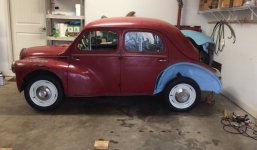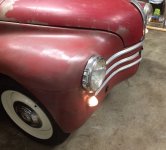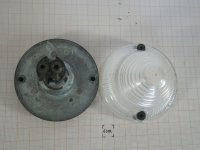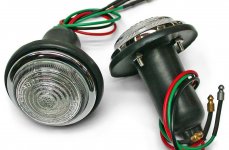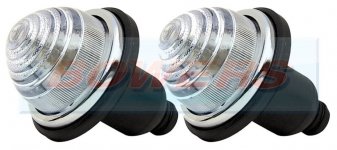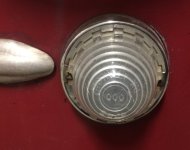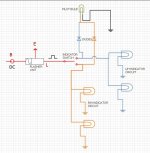Ha. No. Imagine a ring (like a wedding band or similar). If you heat it, does the hole get larger or smaller? High school experiment.
What you have experienced is the result of local heating of a large body with a small hole. That is why they heat the whole head.
What you have experienced is the result of local heating of a large body with a small hole. That is why they heat the whole head.

